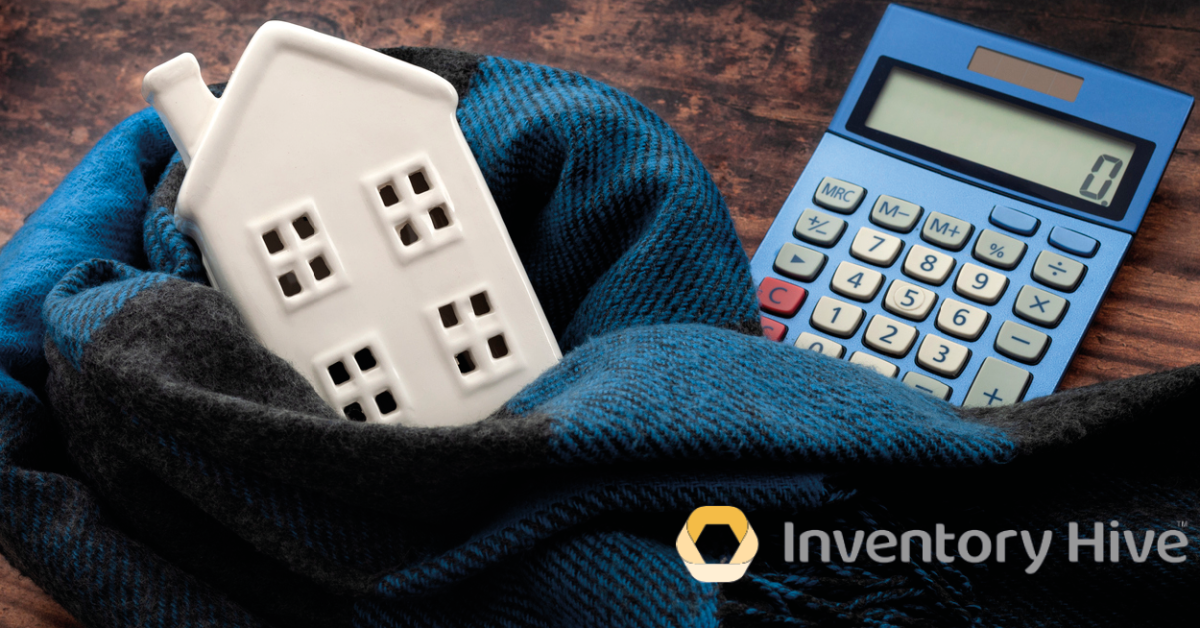

How to Reduce Heating Bills in Rental Properties
With the rising costs of living and current energy crisis, combined with energy performance certificate (EPC) requirements in rental properties, what can landlords do to improve energy efficiency and reduce heating bills for tenants?
There are many reasons and motivations for landlords to make property improvements in response to the energy crisis, in addition to making life easier for tenants.
Legislation is getting tougher on energy performance certification (EPCs). As of April 2018, all new tenancies had to achieve an EPC rating of E or above. This could rise to a rating of C or above from 2025.
The better the EPC rating, the lower the energy bills for tenants and the more appealing the property becomes for future rentals or sales. It therefore makes financial sense to make the changes sooner rather than later.
Which improvements will make the biggest difference to heating?
Insulation
It’s not difficult or expensive to insulate your loft. A 270mm thick loft insulation will make a significant difference to heat loss and energy bills. The same goes for wall insulation. If you have an older house with cavity walls, the gaps can be filled easily and quickly by professionals. According to CSE.org.uk, the investment pays for itself within three years via energy bill savings and will improve the property’s EPC rating.
Double glazing
If your property still has single glazed windows, now is the time to replace them with double glazing. Double glazed windows can improve property warmth by up to 64% . The same goes for external and internal doors.
Renewable Energy
Reducing reliance on fossil fuels for energy is not only better for the environment, it also brings with it cheaper energy bills. Consider replacing traditional energy sources with solar panels and heat pumps.
Use property inspections to identify heat loss
It’s not just the bigger building improvements that make a difference to energy performance. Often, a few small changes can help to reduce heating bills – many of which can be spotted at mid-tenancy property inspections and rectified easily.
Gaps and draughts are the major cause of heat loss in a property. Simple, inexpensive remedies include:
- draught excluders
- hot water cylinder jackets
- radiator reflector panels (on external walls)
- keyhole covers
- letterbox cover
- thermal curtains
- loft hatch seal
- brush strips under doors
- fixing cracks in skirting boards
- underlay under carpets
Interim property inspections require many checklists; adding a new set of checks may seem like more work than it’s worth. However, the improvements that can be made to a rental property to reduce energy bills will help to extend tenancies, strengthen tenant relationships, improve landlord reputation and raise the EPC rating. The payback is worthwhile.
To keep property inspections admin efficient, integrate automated technology into your tenancy processes where you can. The Inventory Hive platform, for example, comes with customised inspection reports that allow you to use pre-designed templates for property visits. They come with questions and reminders that help you to tick every box at inspections. You can even add in extra prompts to check for energy efficiency.
Learn more about inspection report templates at Inventory Hive and sign up for your free 30 day trial.

